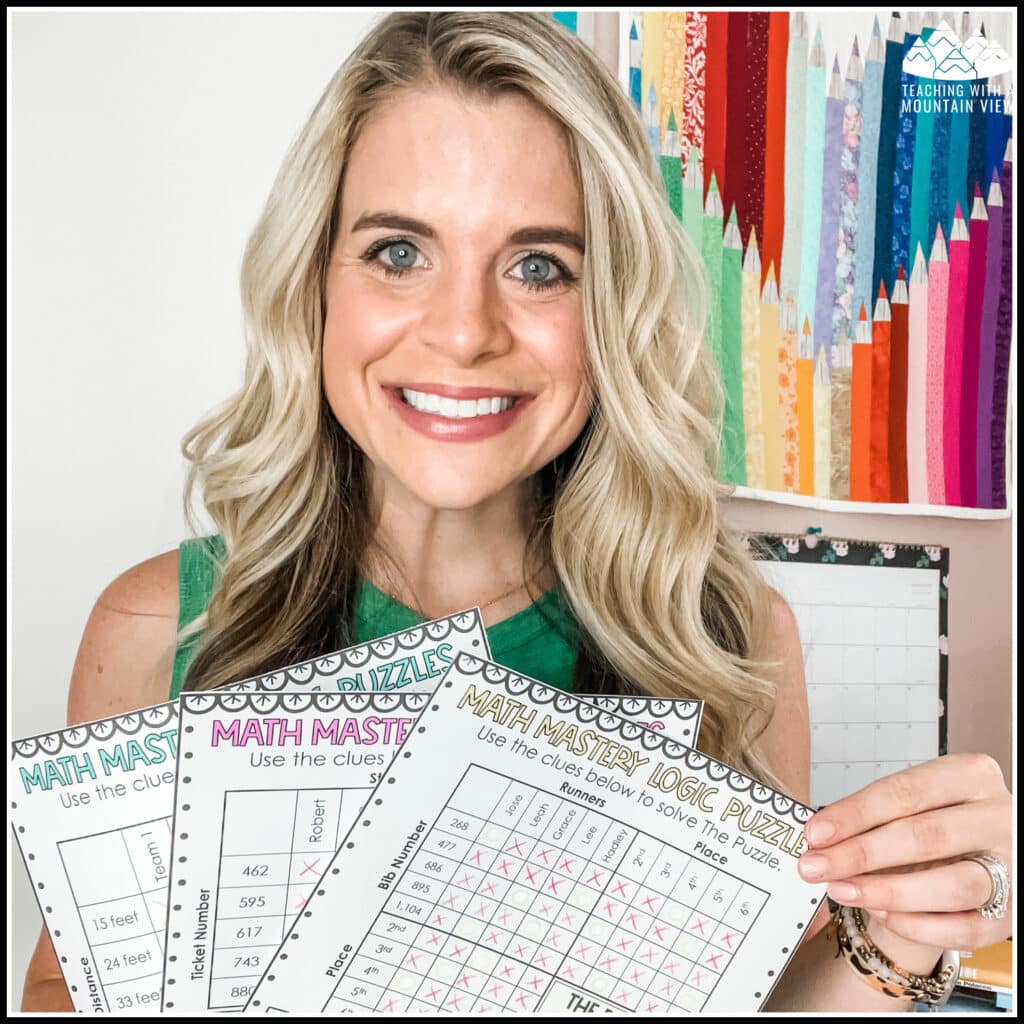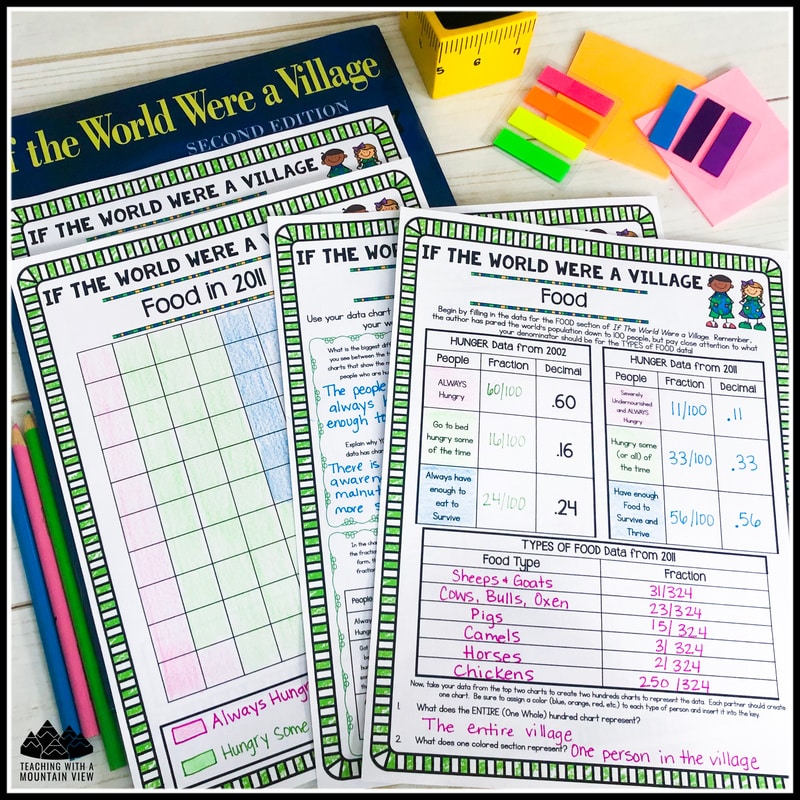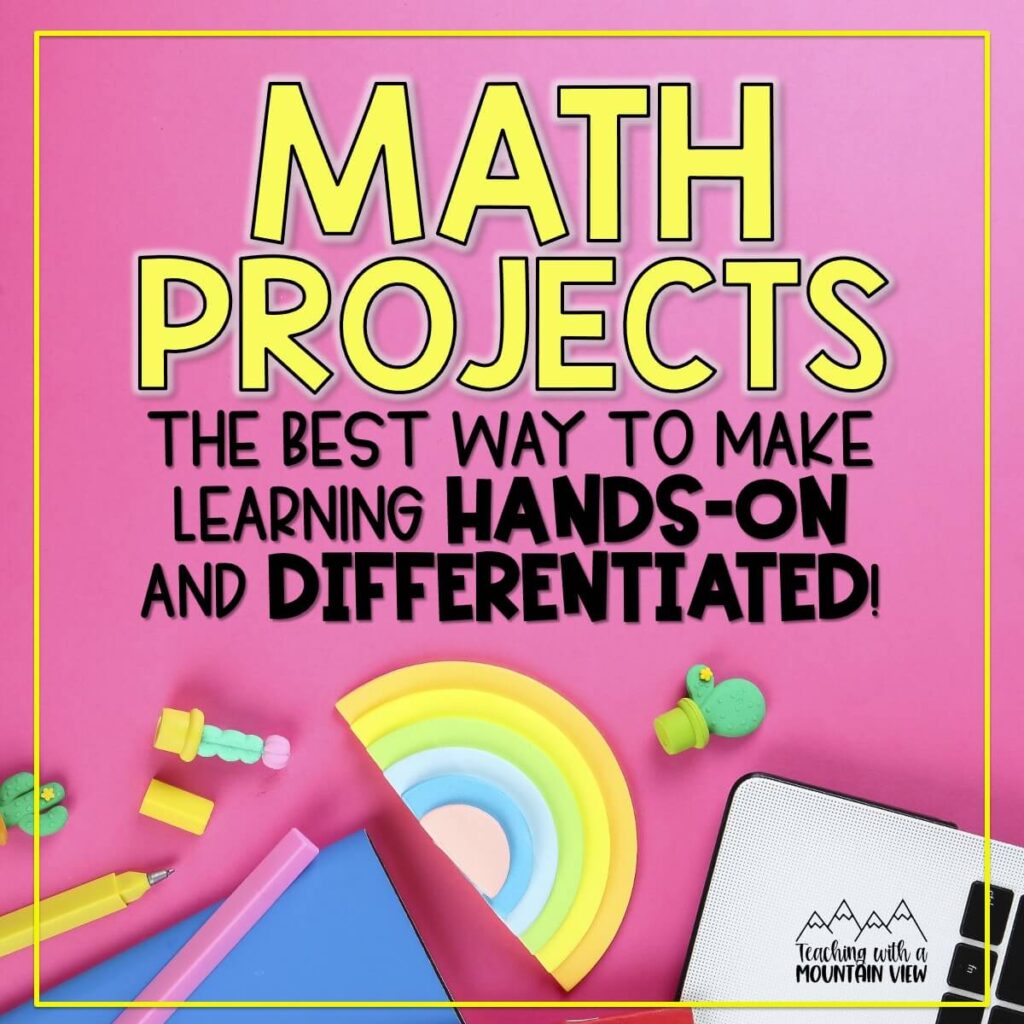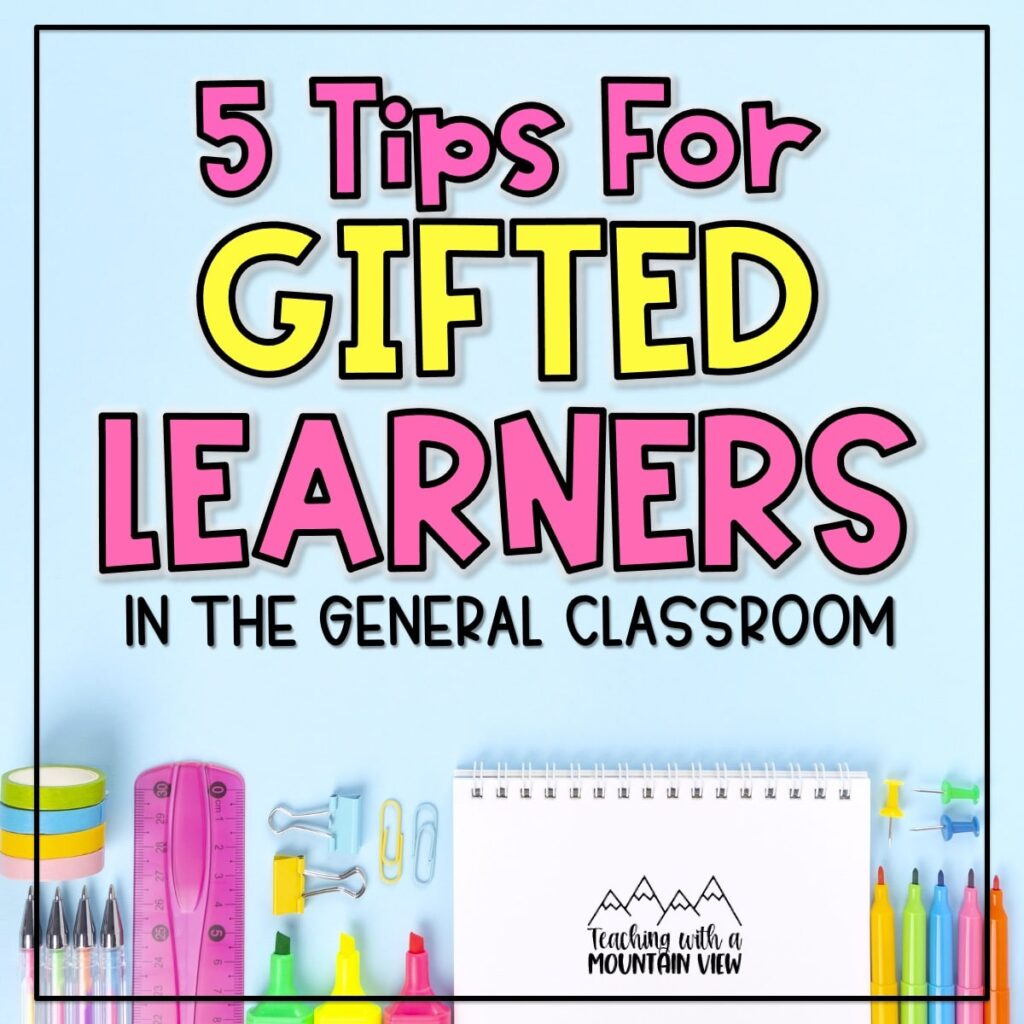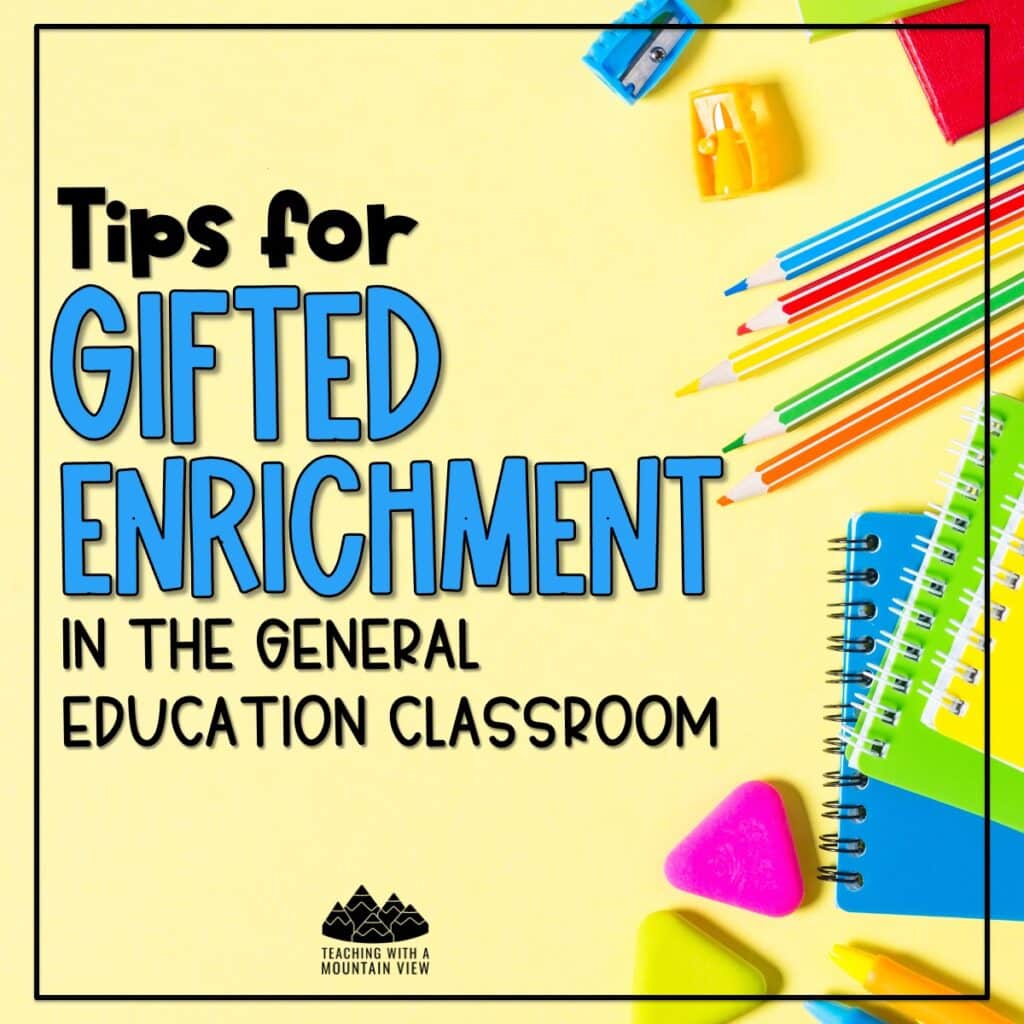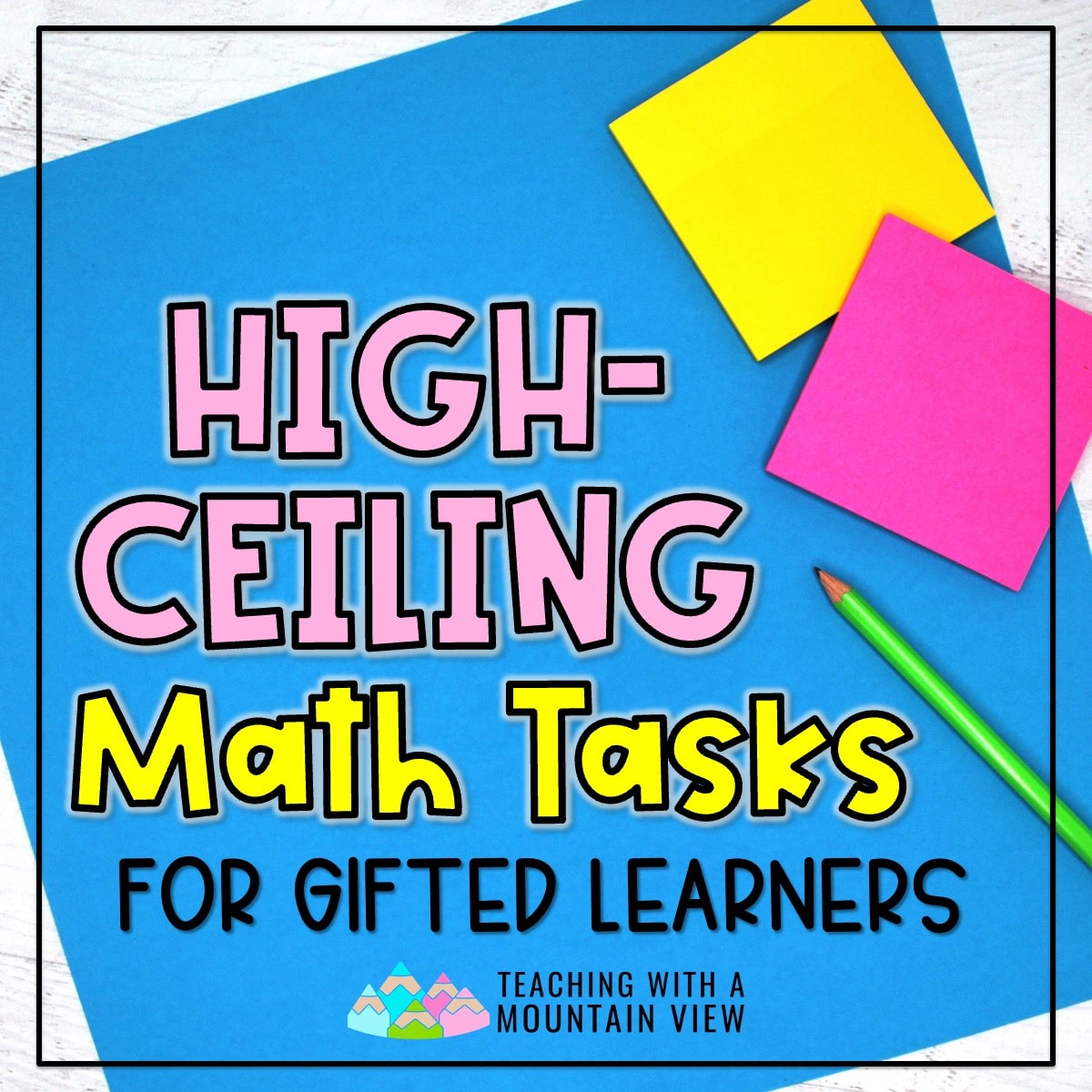
High-ceiling math tasks are tiered activities that help all students succeed. Unlike traditional “one size fits all” methods, these tasks allow students to explore math concepts within their own understanding. By using high-ceiling math tasks, teachers help students discover their math strengths and encourage students to push their limits with interest and excitement. High-ceiling math tasks are especially beneficial for gifted students, offering them the chance to consistently grow their math understanding.
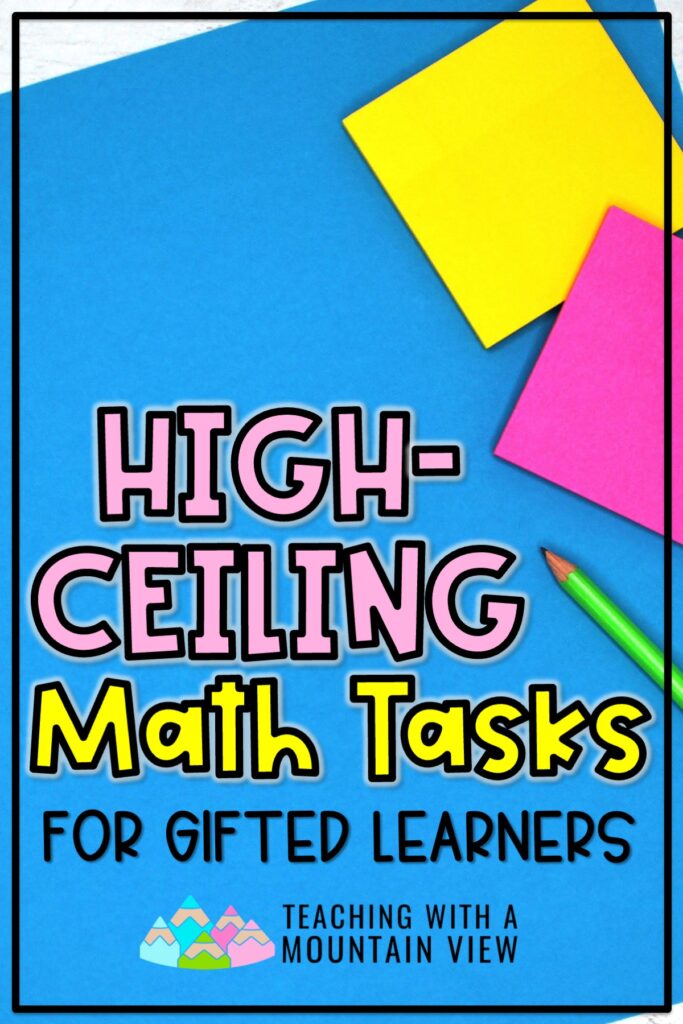
What Are High-Ceiling Math Tasks?
A high-ceiling task in math education is a problem or activity designed to be accessible to all students, regardless of their current level of understanding, but also offers opportunities for deep exploration, complexity, and creativity. These tasks have a “low floor,” meaning they can be approached without advanced prior knowledge,” and a “high ceiling,” meaning they can be extended and enriched to challenge even the most gifted learners.
For gifted students, high-ceiling tasks are particularly valuable because they:
- Encourage deep thinking and exploration: They allow students to delve into concepts beyond the standard curriculum.
- Promote creativity and multiple solution paths: Students can approach problems in various ways, fostering creative problem-solving skills.
- Support independence and self-direction: Gifted learners often seek out challenges, and these tasks provide the opportunity to pursue their interests deeply.
Examples of High-Ceiling Math Tasks for Gifted Students
High-ceiling math tasks can be offered for all upper elementary math standards. Here are a few examples of an initial low-floor task and related high-ceiling extension. Each of these tasks starts with a fundamental concept accessible to all students but opens doors to deep, ongoing mathematical research and exploration, providing ample challenge and engagement for gifted learners.
Exploring Mathematical Patterns and Sequences
- Task: Investigate the properties of different number sequences (e.g., Fibonacci, prime numbers, triangular numbers).
- Extensions: Predict future terms, find relationships between sequences, explore their occurrence in nature or art, and prove properties related to them.
Investigating Geometric Constructions and Proofs
- Task: Examine the properties of various geometric shapes or explore constructions using a compass and straightedge.
- Extensions: Prove theorems related to these shapes, explore transformations, symmetry, and generalize findings to higher dimensions.
Engaging with Mathematical Puzzles and Logic Problems
- Task: Solve complex puzzles such as Sudoku variants, logic grids, or the Tower of Hanoi.
- Extensions: Create new puzzles, analyze the underlying mathematical principles, or explore algorithmic solutions and their efficiencies.
Math logic puzzles can also help you enrich and extend your math lessons while building math skills along with critical thinking skills. Each set includes an introductory and advanced version. Although they contain the same content, they differ in difficulty levels and numbers used.
Modeling Real-World Situations with Mathematics
- Task: Use mathematics to model phenomena such as population growth, spread of diseases, or financial markets.
- Extensions: Refine models with more variables, compare different modeling approaches, validate models with real data, and explore predictive analytics.
Visit this post for a free real-world math project based on converting fractions and decimals using population data and critical thinking about the data.
Exploring Advanced Topics in Number Theory or Combinatorics
- Task: Investigate properties of prime numbers.
- Extensions: Attempt to prove conjectures, explore unsolved problems, and connect these topics to other areas of mathematics.
Try out websites like Nrich to access problems like this!
Why High-Ceiling Math Tasks Work
High-ceiling tasks are essential tools in math education for gifted students because they:
- Provide Accessibility: Allow all students to engage with the problem at a basic level.
- Offer Depth and Complexity: Enable advanced exploration and challenge gifted learners to extend their understanding.
- Encourage Multiple Approaches: Foster creativity and diverse problem-solving strategies.
- Promote Independent Learning: Support gifted students in pursuing their mathematical interests deeply and autonomously.
By incorporating high-ceiling tasks into the curriculum, educators can effectively meet the diverse needs of gifted students, ensuring they remain engaged, challenged, and motivated to explore the rich landscape of mathematics.
Steve Wyborny also offers phenomenal math tasks!
High-Ceiling Math Projects
Math projects are the perfect way to bring real-world learning into your math block. Each project offers differentiation options and collaborative learning opportunities. You can assign specific pages for each student based on their needs and allow gifted students to really run with these! These are such an easy way to differentiate, and students rarely even realize they are working on separate pages.
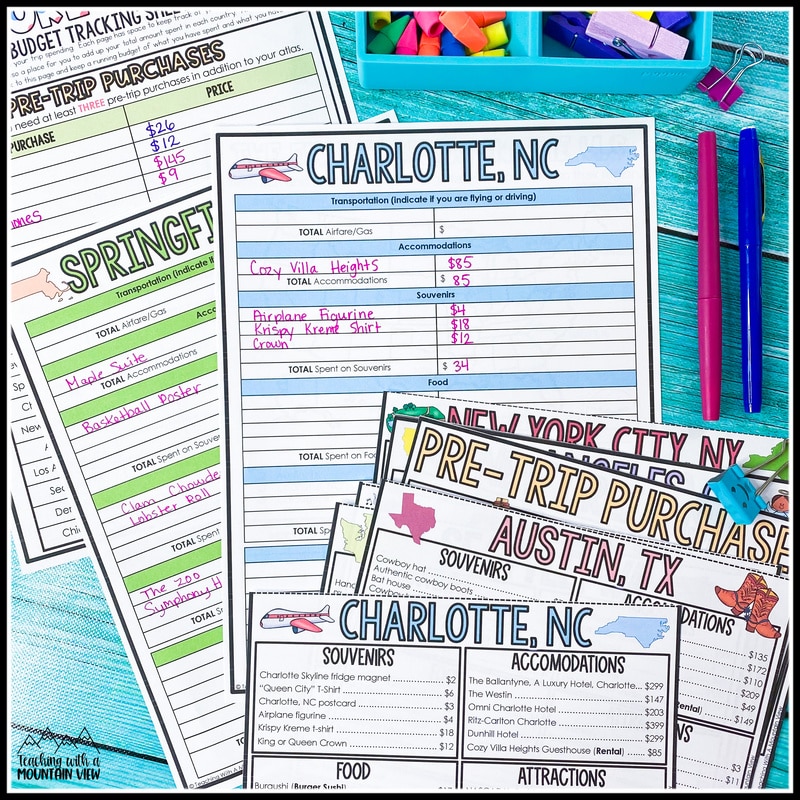
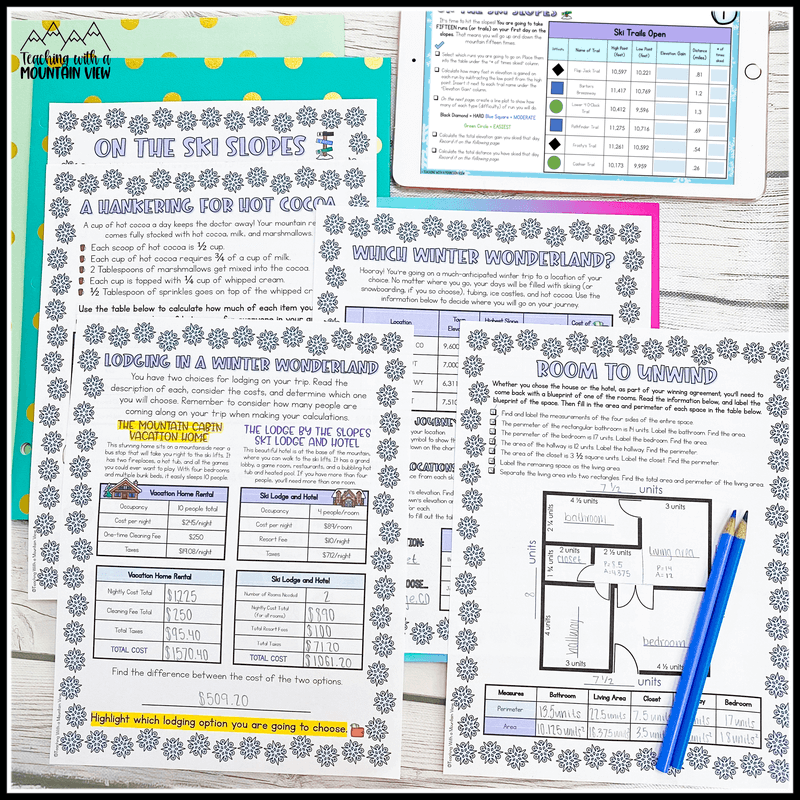
Visit this math projects post to learn more and see them in action.
More Resources for Gifted Students
As our school’s gifted facilitator, I strive to challenge my students during pullout lessons and support them in the general education classroom. We often have meetings and professional development about helping struggling learners, but I’ve found that it’s rare to talk about differentiation for gifted learners. While helping our struggling learners is extremely important, providing differentiated opportunities for our gifted students can also have a huge impact.
If you’re a general educator, this 5 Tips for Gifted Learners in the General Education Classroom post is a great place to start.
I also provide my students with a gifted enrichment binder full of activities to use in their general education classroom. You can learn more about our binders in this post.
Mary Montero
I’m so glad you are here. I’m a current gifted and talented teacher in a small town in Colorado, and I’ve been in education since 2009. My passion (other than my family and cookies) is for making teachers’ lives easier and classrooms more engaging.







